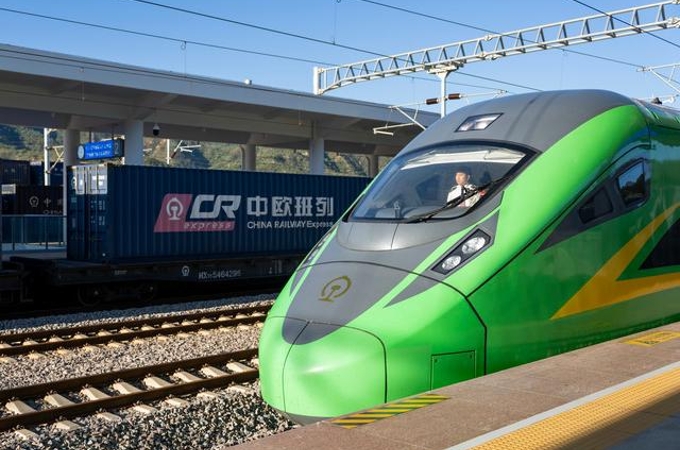China starts building new telescope for lunar, deep-space missions
Source: Xinhua | 2023-10-12 | Editor:Ines
China on Wednesday started the construction of a 40-meter-aperture radio telescope in the Changbai Mountain area, in the northeastern province of Jilin, to support future lunar and deep-space probe missions.
Developed by the Shanghai Astronomical Observatory under the Chinese Academy of Sciences, the optical instrument is designed to be a large, fully movable, high-precision multipurpose radio telescope.
Scientists believe the Changbai Mountain area is an ideal site for telescope observation due to its clear skies and dry climate.
Upon completion, the new telescope will form a network with five others nationwide and one data processing center in Shanghai, increasing the country's observation capacity and better serving its deep-space explorations.
The science facility will also enhance China's radio astronomy research and promote more innovative achievements in various cutting-edge fields, including supermassive black holes and galactic dynamics.
China announced earlier this year that it will continue its lunar research with several planned missions, including one task to bring 2 kilograms of samples from the far side of the moon back to Earth.
According to the observatory, the construction of the new telescope and its station will be completed by the end of 2024.
You May Like
-
Scientists reveal blueprint of China's lunar water-ice probe...
Chinese space scientists have revealed in a paper how the country's lunar probe Chang'e-7, supported by a hopping detector, may go about investigating the water...
InKunming 2023-08-02 -
China to fully promote 4th stage of lunar exploration progra...
InKunming 2023-02-09 -
In pics: total lunar eclipse in Beijing
The moon is seen during a total lunar eclipse in Beijing.
InKunming 2022-11-09 -
China's Chang'e 4 probe completes work for 44th lunar day
switched to dormant mode for the lunar night after working stably for a 44th lunar day. The lander was switched to dormant mode at 6:00
InKunming 2022-07-07 -
Lift off! China's space odyssey | China's lunar exploration
Click to review the Chinese fairy tale of "Chang'e flying to the moon" in the 21st century.
InKunming 2022-04-26 -
China starts engineering development of lunar exploration pr...
China will start engineering development of the fourth phase of its lunar exploration program this year.
InKunming 2022-04-25 -
China releases information of 15 new lunar samples online
China has released the information of the third batch of lunar samples brought back by the country's Chang'e-5 mission.
InKunming 2021-11-16 -
Chinese institutions to receive 2nd batch of lunar samples f...
China has announced a list of research institutions that are to receive the second batch of lunar samples brought back by its Chang'e-5 mission.
InKunming 2021-10-27







